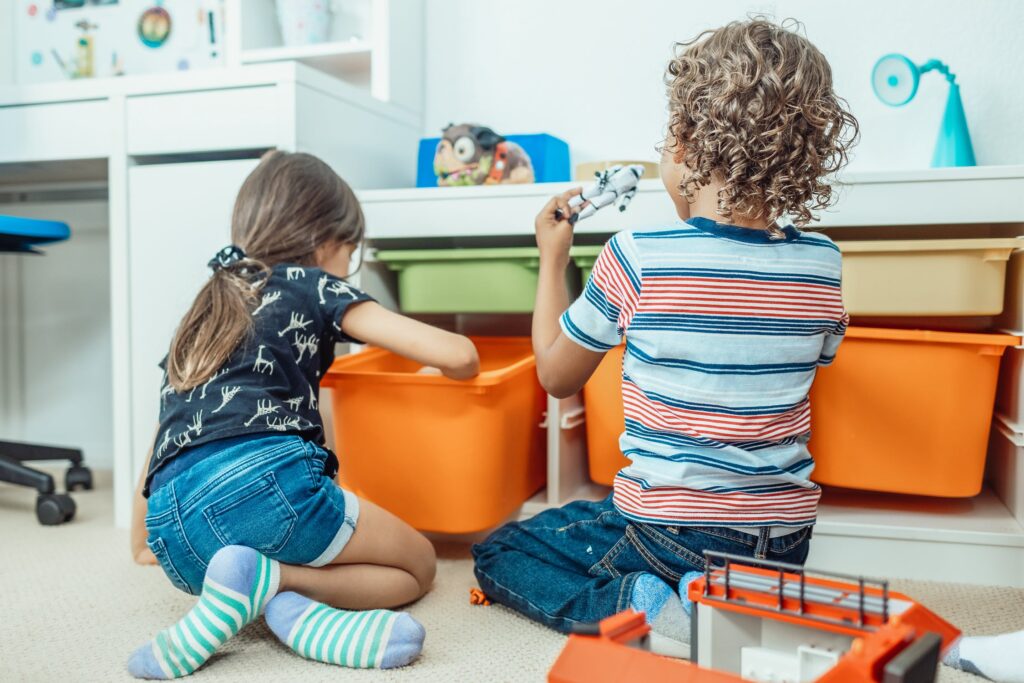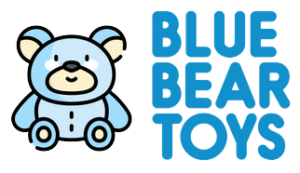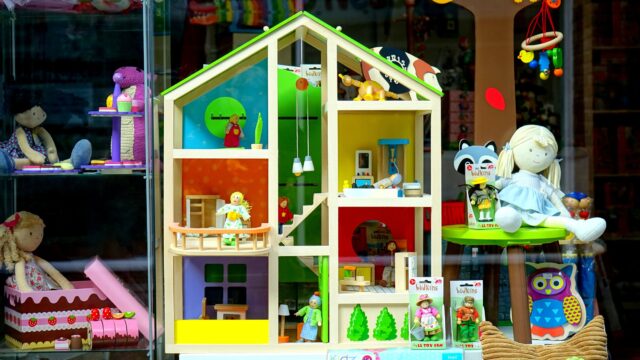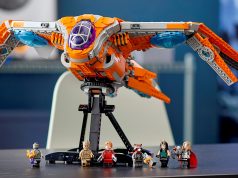The American toy industry has been criticized for producing too many toys that are not age-appropriate or lead to overstimulation. It is estimated that by the year 2024, there will be no room in the world for new toys.
The too many toys syndrome is the idea that children are getting too many toys. This has led to an increase in toy recalls, and some parents are opting for less-toy-based playtime.
Is your kid usually quiet and engrossed in her activities?
Or does she dart from play to toy, seldom concentrating for extended periods of time?
Have you explored the possibility that she has too many toys?
Researchers from the University of Toledo found that having too many toys may be distracting in a recent study.
This seems to be paradoxical at first sight. Isn’t it true that having more options increases your chances of discovering something you like playing with? Isn’t it true that having fewer toys leads to boredom?
What factors influence the development of attention in babies and toddlers?

Although all children can concentrate, it is a talent that develops with time. In the first few months, it is hampered by limitations in vision and working memory.
As children get older, their ability to think and move expands. They can make choices about what to do next, and they can advance toward the goal item. If you have a newly mobile infant, you’ve probably seen how something captures their interest, but by the time they get halfway there, they’ve forgotten what they were after and are captivated by something else.
Their capacity to pay attention is also improving at this time. They can focus on a task for extended periods of time.
External influences influence infants’ attention: What is the object’s distance from you? How interesting and novel is this? The length of time a baby spends gazing may indicate whether or not she is engaged.
Toddlers, on the other hand, are guided by their interests and objectives. They are driven by internal motivation. They are less prone to be distracted by external influences. In other words, they can focus for longer periods of time.
Toddlers, unlike infants, demonstrate their interest in things by handling them rather than just gazing at them.
Children generally do not have the ability to overcome the urge to divert their attention to something new until they are in preschool.
So, what does this imply for how you set up your child’s play area?
The Investigation
Is the quantity of toys offered a factor in the quality of the game?
The exam was straightforward. Place a kid in a room with four or sixteen toys and ask him or her to answer the following questions:
- How much time did the kid spend with each toy?
- How many toys did the kid have at his disposal?
- What was the number of various methods the kid found to play with each toy?
The results
It doesn’t take a child development degree to figure out what happened: the youngsters who were given sixteen toys were less attentive. They wanted to give each one a go.
The youngsters who were given just four toys also examined the choices, but they focused more rapidly on the one that piqued their interest and were less likely to move their focus. They were less preoccupied.
But here’s the thing: the more time they spent with a toy, the more creative they were. They were able to delve further into its potential.
A day that wasn’t so dull

I used to be sometimes left with my grandparents for the day in a home without a single toy when I was a kid. Those trips, on the other hand, were fantastic.
My sister and I were handed a pallet of watercolours and told to paint images on the kitchen wall tiles for the first hour. After that, and best of all, we were given access to my grandmother’s stamp collection. It was the greatest thing ever (Google it.) It was a tiny cigarette box holding a couple of stamps, some Treasury tags, three or four paper clips, and a watchmaker’s loupe. Then you’ll understand how sheltered I was!). You wouldn’t be able to pry us out of that box. It was an Aladdin’s trove of riches in a home with hardly any furnishings and no books.
We’d go see my great aunt, who lived around the block, in the afternoon. Her garden was lovely, but we weren’t permitted to play in it. Another vacant home after a short stroll up the path and back (no walking on the grass!). While the grownups chatted, I had an hour to kill. My great aunt, on the other hand, had brought back a porcelain donkey mounted with a pair of baskets from a vacation in Spain forty years before. It sat on the mantlepiece most of the time, but only came down on rare occasions. With little else to occupy our time, we immersed ourselves in creating worlds and adventures for this tiny creature. The hour flew quickly, and we were sorry to leave at the end.
What’s the bottom line? We were forced to concentrate and be inventive since we had so little to work with. The day was no less enjoyable because there were fewer toys.
Recommendations
- Provide a smaller number of toys at a time.
- Toy rotation is a great way to keep toys fresh.
- Remove all distractions from the room, including the television.
- Try going without toys for a day. Make some space for boredom. It encourages inventiveness.
- There is evidence that youngsters can be taught to pay more attention, and that a less toy-filled environment may be one method to do so.
- Consider drip-feeding the gifts over the course of the day on birthdays and at Christmas (easier said than done!). You won’t have to deal with a sudden influx of toys. All of the frantic unwrapping and discarding of brand new toys in order to get to the next one does nothing to instill appreciation for what has been received. If you can save some of the presents for the next several days, you’ll get bonus points.
- If you’re going on vacation, resist the temptation to bring toys with you. The mother of innovation is need. Your kid will come up with inventive ways to compensate for the shortage of toys. It also teaches children that the toys they thought they needed aren’t necessary.
Last but not least

Last week, my second kid was absent from school for a day. I’m too sick to go in, but I’m not sick enough to remain in bed. I searched in the closet and discovered some treasury tags, paper clips, an old ball of blu-tac, and some hole re-inforcers (remember those?) inspired by the recollection of the cigarette box and stationery. For the remainder of the morning, I didn’t see him.
By the time he reappeared, he’d built a blu-tac volcano exploding with paperclips, as well as a paperclip river of lava pouring down into a tiny world scene made completely of the materials I’d given him. He experimented with chains of clips and tags, as well as rolling the blu-tac thin enough to extend the length of the hall.
Instead of giving them anything new, consider taking things away the next time your kid complains about being bored. Reduce the number of options accessible and urge people to look at the resources in new ways.
It’s the secret to happiness.
The how many toys should a child have is a question that comes up from time to time. It’s important to know the answer because too many toys can lead to over-stimulation and an inability for children to focus on their education.
Frequently Asked Questions
How many toys is too many for a child?
Too many toys for a child is not an easy question to answer. It would depend on the individual child and their interests.
Is it bad for a child to have too many toys?
Not at all, as long as the child is not overwhelmed with too many toys. It is important to keep in mind that children are still developing and should be given time to play with different things.
How many toys does the average kid have?
The average kid has about 45 toys.




